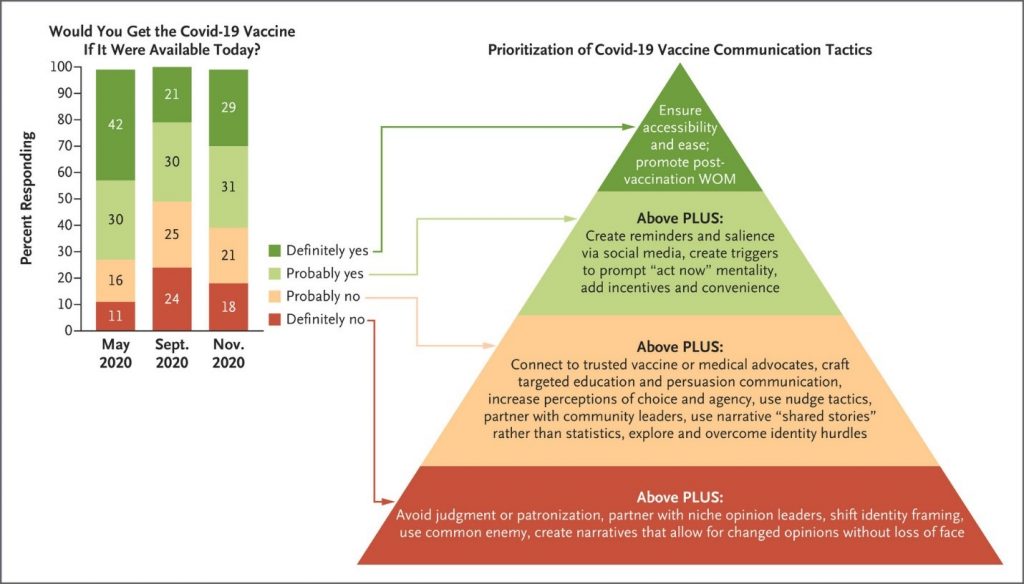By Robert L. Moore, MD, MPH, MBA, Chief Medical Officer
Most recent estimates from Great Britain are that the SARS-CoV2 VOC 202012/1, also known as COVID-19 variant (B.1.1.7) is 50% more infectious than the previously dominant COVID strain. DNA sequencing of samples of SARS-CoV2 has been at very low rates in the United States, so we don’t know how quickly this strain is spreading. On Wednesday, San Diego County announced that they had detected 34 cases in the previous few days. Fortunately, this strain is no more deadly or likely to cause serious illness than other COVID strains. It appears to be more infectious due to a higher number of particles being shed in the early pre-symptomatic or asymptomatic phase. Unfortunately, a higher rate of infectiousness means that we will need higher rates of vaccination to achieve herd immunity and stop the spread of COVID. Some estimate that a vaccination rate of 90% will be needed to achieve herd immunity to this new strain, instead of the 70% we were counting on since March 2020. In addition, the current distance and time standards (6 feet and 15 minutes) that define high risk exposures may need to be changed as this more infectious strain spreads. Even when we get past the current major logistical challenges involved in vaccine prioritization and distribution, given high rates of vaccine hesitancy, we have a major public health challenge ahead, which will require consistent strong communication from you, your clinicians and your staff. By all accounts, much of 2021 is shaping up to look like 2020, from a COVID perspective. The January 6 edition of the New England Journal of Medicine included a comprehensive overview of the many strategies that can be used to increase vaccination rates. Here is their list of recommendations for primary care clinicians:
In addition, they describe how to vary the message, depending on the level of vaccine hesitancy. |
The article describes the targeted strategies in more detail.
For the good of our communities, our health, and our economy, thank you for training and mobilizing your staff to rise to this public health challenge!

